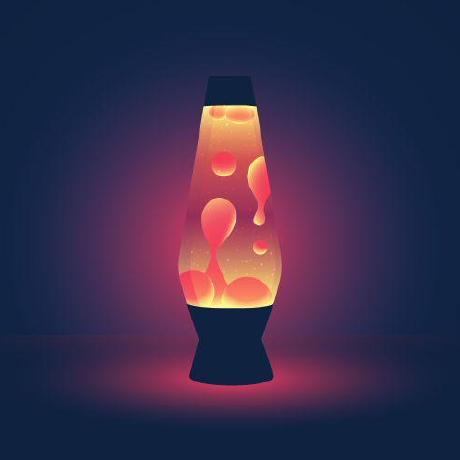The Emergency Medical Treatment and Labor Act, known as EMTALA, was passed in 1986 as a federal anti-dumping law. It mandates “patients who present to a hospital emergency department”… “must undergo an appropriate medical screening examination by a physician”… “to determine whether they have an emergency medical condition.”
I feel like there has to be a lot more of this story.
Because if this really is what it looks like, this practice is wildly illegal and the government does not fuck around with EMTALA violations.
I’ve worked in ERs before, and there is more to this story that the article sidestepped quite neatly. Most ERs these days are filled to capacity with dangerously low staffing ratios, and the general public’s definition of an “emergency medical condition” and the medical definition of an “emergency medical condition” are very different. Some nights I’ve worked, we had people with chest pain and a cardiac history wait in the lobby for 5+ hours because there were no beds available and their EKG was mostly okay for the time being. A big contributor to this problem is a lack of mental health resources which results in ERs losing beds for up to weeks or even months at a time to hold psych patients that have nowhere to go. It is heartbreaking when we had to turn away people who mostly needed a social work consult…but when there’s two doctors and twelve nurses for a 40 bed ER and 2 out of 3 resuscitation bays are in use for active codes, there just isn’t anyone or any resources available to help someone who isn’t actively dying.
The inpatient side isn’t a lot better. Skilled nursing facilities and rehab centers are increasingly rare and increasingly expensive, and the hospital can’t keep a patient forever if they don’t meet criteria for hospitalization. The nice thing about inpatient is that they get to enforce their staffing ratios so that each nurse only has so many patients to handle. In the ER with EMTALA, it doesn’t matter that a nurse is caring for 6 patients (3 of which are waiting for an inpatient hospital bed, and 1 is waiting for an ICU bed…), that nurse will have to take on another critically ill patient that is stuck on a bed in the hallway if that’s all that’s available. The inpatient problem exacerbates the ER problem, and then you have people stuck in the lobby for 12+ hours before there’s a physical space for someone to see them, that provider’s capacity to take on another patient notwithstanding. It’s a true crisis and it’s only going to get worse until the full healthcare system (i.e. all the non-ER parts) are as accessible and available as needed.
We really need to start redistributing how we spend money on health care. Public option, lower executive pay. More non-emergency long term facilities for patients with psych issues or rehabilitation, and chronic illness care. Better pay and shorter shifts for doctors and nurses. Subsidies for medical tech companies to offset end-user price. More government-funded research into medical tech.
Health care should realistically be our biggest industry akin to a military with the social status of being a soldier and the compensation of being a software developer. We have the wealth and technology to help most people live healthy lives. We need the government to incentivize allocating it correctly.




